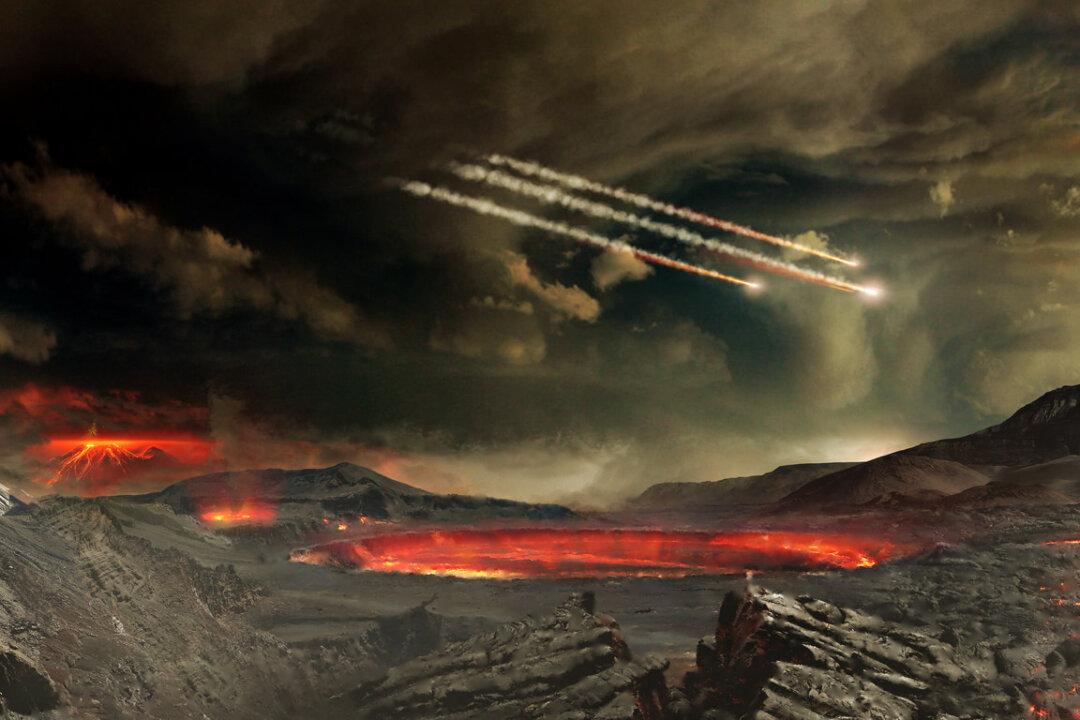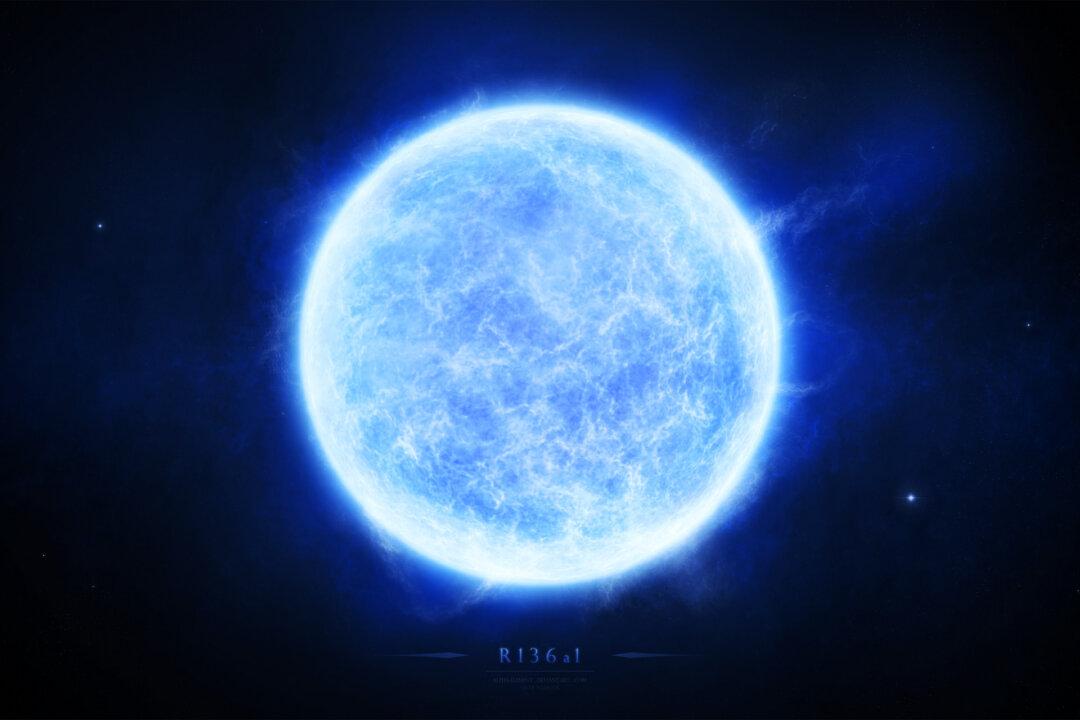Only a few weeks ago, on October 10, the survey telescope Pan-STARRS 1 discovered an asteroid – 2015 TB145 – that was classified as potentially hazardous. Because of its brightness, it is estimated to measure 320 metres across, and further observations have revealed that it will race past Earth and the moon on October 31 at 17:05 UTC. In fact, you'll be able to watch it here.
It will be a close shave, missing Earth by 1.3 times the Earth-moon distance, and making it an ideal candidate for radar observations capturing images of its surface in high resolution.
It is orbiting the Sun on a very elliptical orbit that is considerably tilted with respect to the orbit of all the other planets. Additionally, it is zooming past us with a high speed of 35km/s, the equivalent of 126,000km/h. Tilt, ellipticity and velocity indicate that the object may be more like a comet, which would make this close encounter the first opportunity to observe high resolution details of a comet from Earth-based observatories.
Impending Doom?
Such unique opportunities for astronomy have been rather overshadowed in the past by the usual cries of impending doom. Will TB145 crash into Earth and wipe out humanity, destroy the moon, or cause biblical floods?
Thankfully, all of these fears safely can be ruled out – after four days of observations following its discovery, the orbit of TB145 is now well known. There is no reasonable chance that it will strike either Earth or the moon. Any gravitational interactions that would cause earthquakes or epic floods can also be ruled out. Assuming typical asteroid densities and the estimated diameter of TB145, it will only have a mass that is a tiny fraction of the mass of the moon and therefore a minute gravitational impact upon either Earth or the moon.
But while TB145 will be a near miss, is it also a warning shot across Earth’s bow. We know of approximately 3,300 objects that are of a similar size, classified as Near Earth Objects, or NEOs. Given the statistics, the likelihood is that Earth will be struck by such an object on average once every 73,000 years so it’s not something to be expected to occur very frequently or to lose too much sleep over. But it is a risk that must be monitored. In fact, such near misses have triggered our efforts to chart NEOs and develop possible plans to divert them.
These plans remain in their infancy, especially given the potentially short timescales – we only discovered TB145 two weeks ago – so what would occur if an object similar to TB145 did hit Earth under similar conditions?
So What Would Happen?
TB145 won’t hit Earth, but the following timeline of destruction outlines what might happen if something similar did. The predictions are highly speculative and are based largely on the Chelyabinsk meteor strike and impact simulators by Imperial College London.
Around two weeks before impact, a 300m asteroid, similar in composition to a burnt-up comet is discovered. Later observations support orbital parameters and confirm an impact.
Ten days later, observations reveal that the impactor is actually a loose composition of three similarly-sized objects. Consequently, three impacts are expected and the coast of eastern Australia is estimated to be the most likely location for the strike. Additionally, the timings of the impacts can be predicted to a few minutes’ precision. A strike into water appears to be the most likely outcome, triggering a tsunami, so coastal areas are evacuated.
Just days after the evacuation, the objects enter the Earth’s atmosphere. They create a gigantic trio of smoke trails as they start to burn up in the high atmosphere with an entry speed of 30km/s – or 108,000 km/h. After about three to five seconds, two of the objects detonate as air blasts at an altitude of 20km creating a bright flare. The trails race across the skies of southern Queensland and, about seven seconds after they entered the atmosphere, the third object reaches ground level and detonates in open water.
A 5 Million Megaton Explosion
The impact releases 5 million megatons of energy, as well as a sea quake of about 7 on the Richter scale. It triggers a tsunami 50km off the east coast of Australia.
Around a minute after the objects entered the atmosphere, observers located under the two air blasts hear and feel the devastating shock waves. The explosion flattens trees and small buildings, scorching the area directly under the blast and causes considerable loss of life within the two affected 20km diameter zones. Luckily, both blast zones miss denser populated areas such as Brisbane.

